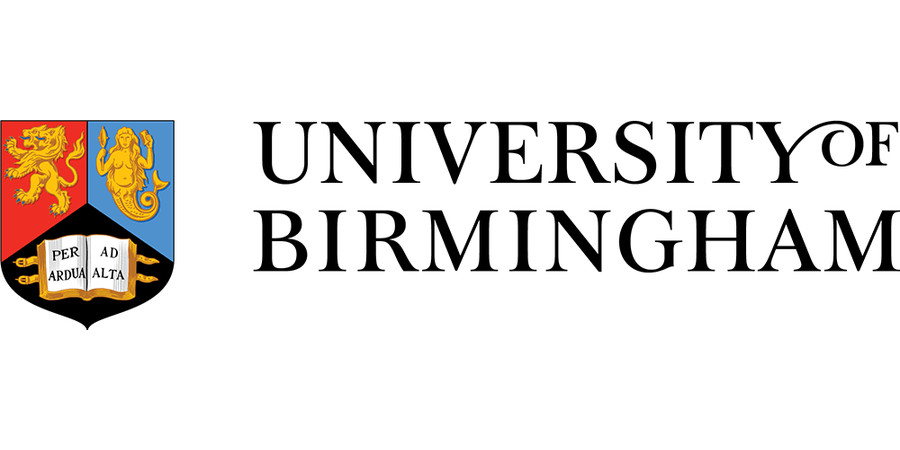PhD Studentship: Predictive Modelling and Control of Low-cost “Active Droplets” for Micro-engineering
University of Birmingham - School of Mathematics
| Qualification Type: | PhD |
|---|---|
| Location: | Birmingham |
| Funding for: | UK Students |
| Funding amount: | Funded by BBSRC |
| Hours: | Full Time |
| Placed On: | 29th October 2025 |
|---|---|
| Closes: | 28th January 2026 |
Advances in manufacturing science have resulted in unprecedented research and development in the design of ‘micro-swimmers’: microscopic entities that navigate fluid environments by converting some form of energy–e.g. electrical, magnetic, acoustic, or chemical–into mechanical motion. These swimmers are expanding the frontiers of micro-engineering and can be used in tasks such as chemical analysis for medical diagnostics, targeted drug delivery, cell sorting for biological assays, and chemical sensing for environmental monitoring and remediation.
A particularly interesting and modern type of micro-swimmer is the chemically active drop. These microscopic drops use chemical energy from an ambient fuel to swim and explore their surroundings. Their appeal lies in their ability to be manufactured in large numbers via inexpensive microfluidic techniques. While the mechanism of these drops’ motion is well-known, controlling their trajectory is often challenging. There exist some experimental proofs-of-concept that utilize imposed flows or chemical influences or electrical fields to manipulate an active drop’s motion, but a systematic first-principles-based analysis of these effects is severely lacking. This limits our ability to predictably control and exploit the drop for useful tasks.
The proposed project has two aims:
- First, to develop computational models to quantitatively predict the response of chemically active drops to the various physico-chemical stimuli that they most commonly encounter in laboratory experiments.
- Second, to identify ways to increase the manoeuvrability of a drop according to the demands of the applications mentioned in the beginning. For example, if one knows the trajectory desired from the drop for a reagent transport task, then the challenge would be to identify the ideal ‘guiding stimuli’ that will lead the drop along said trajectory.
In the end, the project will yield a predictive framework that can suggest optimum ‘spatio-temporal landscapes’ of chemical or flow or electric fields, to steer an active drop along a specified path at a specified rate.
We are looking for curious, enthusiastic and hard-working candidates with the following expertise:
- Strong understanding of concepts in fluid mechanics, and analytical and numerical methods to solve partial differential equations.
- Excellent oral and written communication skills.
Prior experience in computational fluid dynamics or active matter will be a big advantage, but we seek, above all, a willingness to engage rigorously with challenging concepts.
The selected candidate will work closely with the supervisor through informal lectures on advanced topics, regular research discussions, and problem-solving sessions. There will be opportunities to broaden scientific knowledge and gain further insight by disseminating research at conferences. Throughout the PhD, the candidate’s career aspirations will be well-supported.
Funding notes:
Funding is available through the School of Mathematics for a suitably strong candidate. The scholarship will cover tuition fees, training support, and a stipend at standard rates for 3-3.5 years.
References:
Ebbens, S.J., 2016. “Active colloids: Progress and challenges towards realising autonomous applications.” Curr. Opin. Colloid & Interface Sci., 21.
Wang et al, 2020. “A practical guide to active colloids: choosing synthetic model systems for soft matter physics research.” Soft Matter, 16(16), pp.3846-3868.
Desai, N. and Michelin, S., 2021. “Instability and self-propulsion of active droplets along a wall.” Phys. Rev. Fluids, 6(11), p.114103.
Desai, N. and Michelin, S., 2022. “Steady state propulsion of isotropic active colloids along a wall.” Phys. Rev. Fluids, 7(10), p.100501.
Michelin, S., 2023. “Self-propulsion of chemically active droplets.” Ann. Rev. Fluid Mech., 55(1).
Advert information
Type / Role:
Subject Area(s):
Location(s):









